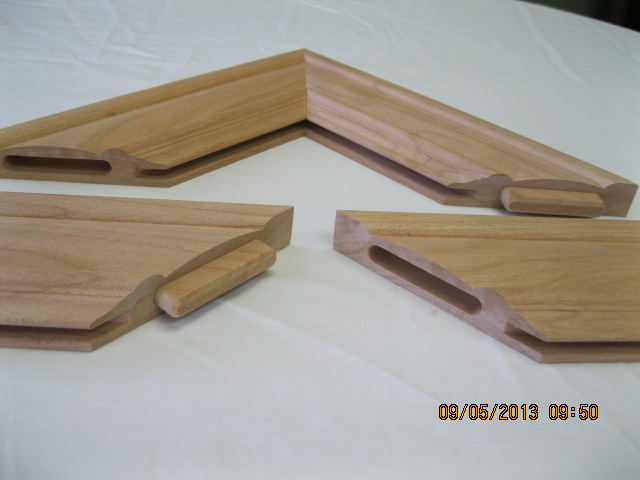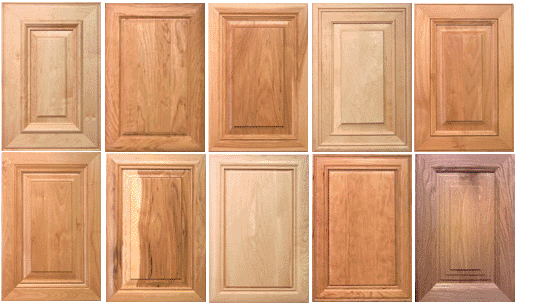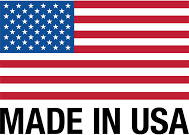12 FEBRUARY 2014 BY JIM HILL
This research is intended to present an overview of Cabinet Doors in general, then dig more deeply into the specific design features that make possible the thousands of different cabinet door styles.
Selecting from the almost unlimited number of cabinet door designs doesn't need to be a time-consuming and frustrating process. By giving the consumer an overview of the cabinet door design categories, the selection process can be significantly simplified.
Usually the consumer has at least a vague idea of the appearance they desire, but verbal descriptions of this mental image don't always get the consumer, the Cabinet Maker, and the home builder on the same page. This mental image disconnect can be avoided by giving the consumer the knowledge to quickly evaluate the options and accurately convey their desires to the cabinet maker or builder.
The process of focusing your search starts with the frame of the cabinet door and the way the frame fits together. The two methods of joining the four pieces of the frame are called Cope & Stick and Mitering. It's more informative to show pictures of these joining methods than to verbally describe the difference. Here is a picture of a Cope & Stick frame before assembly.
Here is a picture of a Mitered frame before assembly.

A little industry terminology will make describing the components more understandable. The frame components are called Stiles (not the same as a door style) and Rails. The Stiles are the vertical pieces and the Rails are the horizontal pieces.
In Cope & Stick construction the ends of the Rails are Coped with a mirror-image of the design on the edge of the Stiles. This allows the frame to be tightly joined together as the rails and stiles are clamped.
In Mitered Cabinet Doors the method of joining the Stiles and Rails is different. While Cope & Stick doors are joined at a 90-degree angle, Mitered doors are assembled by cutting the Stiles and Rails at a 45-degree angle. Modern Mitered Cabinet Doors have a Mortise and Tenon (a hidden tongue and groove) machined into the ends of the Stiles and Rails. Not only is this computerized joining method significantly stronger than older methods of doweling or biscuit joining, but it guides the Mitered Stiles and Rails into perfect alignment.
Now that you understand the differences between a Cope & Stick and Mitered frame, you can cut the size of your search in half. Simply determine which joining method you want and disregard doors assembled using the other method.
To reduce your search in half again, lets look at the panel.
Cabinet doors are sometimes called 5-Piece doors. The 5-pieces are the two stiles, the two rails, and the Panel. The Panel being the center piece which is secured in place when the stile/rail frame is assembled.
The Panels in Cabinet Doors can be either Raised Panels or Inset Panels.
Raised Panels are usually strips of solid wood which are edge-glued and machined with a given Panel-Cut Detail around the perimeter.
Inset Panels, sometimes called Recessed or Flat Panels, are usually 1/4" veneer sheets.
With Raised Panels the Panel-Cut is machined to a thickness of 1/4" at the outside edges where the panel slides into the stiles and rails. The Raised portion of the panel remains thicker and "raises" to be flush with the face of the door frame. Inset Panels are already 1/4" thick so they need no additional machining before assembly.
Here are some explanatory pictures of the same Cabinet Door frame with both a Raised Panel and an Inset Panel. The two Mitered Doors on the left are sister doors with each having the same frame. The Delaware door (far left) is a Raised Panel while the Wilmington Door (2nd from left) has an Inset Panel. The two doors at right are our Revere Raised Panel door (3rd from left) and it's sister door, our Adobe (at far right). The Revere and Adobe share the same frame and differ only with the Revere being Raised Panel and the Adobe being Inset.

By now you have been able to cut your search in half with your knowledge of Cope & Stick and Mitered door styles, and with an understanding of the Raised Panel Vs. Inset Panel options you can cut it in half again.
Here is an assortment of Cope & Stick Raised Panel Cabinet Doors, both square and arched.

A Raised Panel gives a Cope & Stick cabinet door a rich and sturdy appearance that will enhance the look of any cabinet. Raised Panel Cope & Stick doors have long been a favorite with fine furniture manufacturers and kitchen designers.
Here is an assortment of Cope & Stick Inset Panel Doors, both square and arched.

Cope & Stick Inset Paneldoors offer a simple, clean look and are available in all wood types. They are less expensive than Raised Panel doors while offering excellent reliability and durability.
Mitered Cabinet Doors are only manufactured as square doors and are not available in Arched designs. Because of the almost limitless design possibilities for stile/rail options, Mitered doors have been steadily gaining in popularity over the past 10 years.
Here are some examples of Mitered Raised Panel Cabinet Doors.

Some examples of Mitered Inset Panel Doors are below.

Now, with a basic understanding of the differences between Cope & Stick and Mitered doors, and a grasp of the question of Raised Panels Vs. Inset Panels, you can quickly simplify the search through the many cabinet door possibilities.
Once you have decided between those four main options your search is greatly simplified.
Cabinetdoors.com has divided Cope & Stick and Mitered cabinet doors here, with pictures of each door.
Cope & Stick Cabinet Doors.
Mitered Cabinet Doors.
Browse our Cope & Stick or Mitered doors through these links or visit our site at Cabinetdoors.com.

